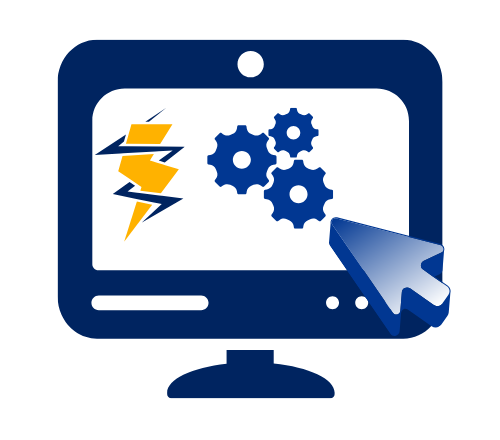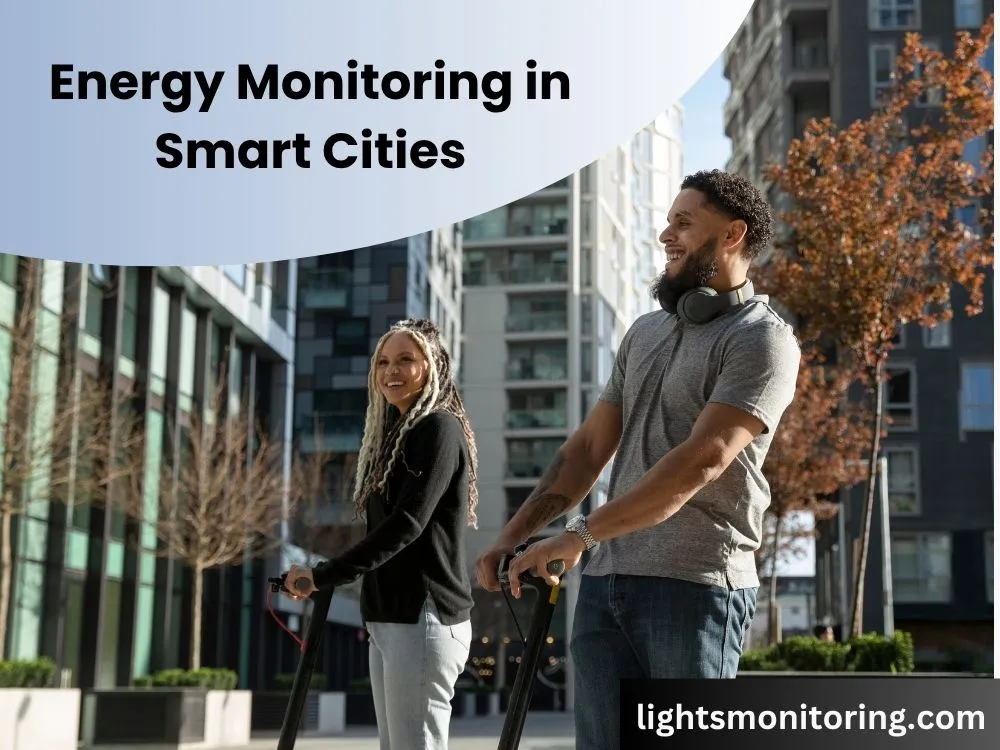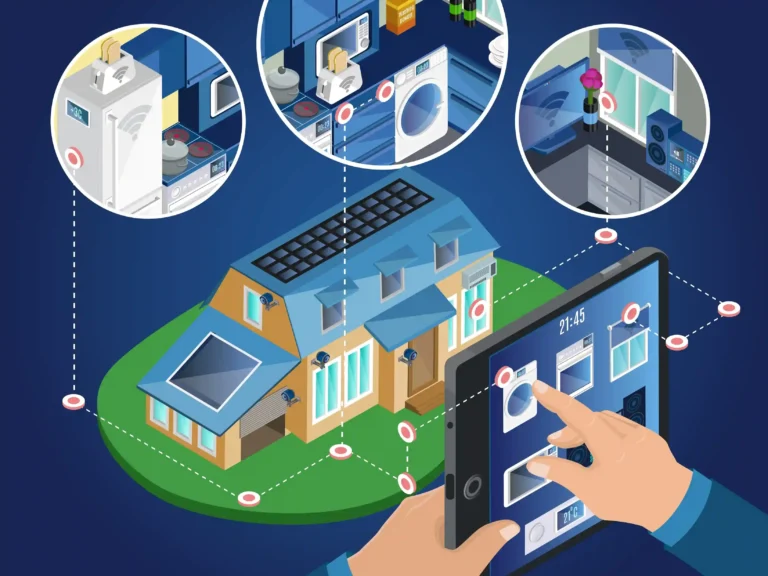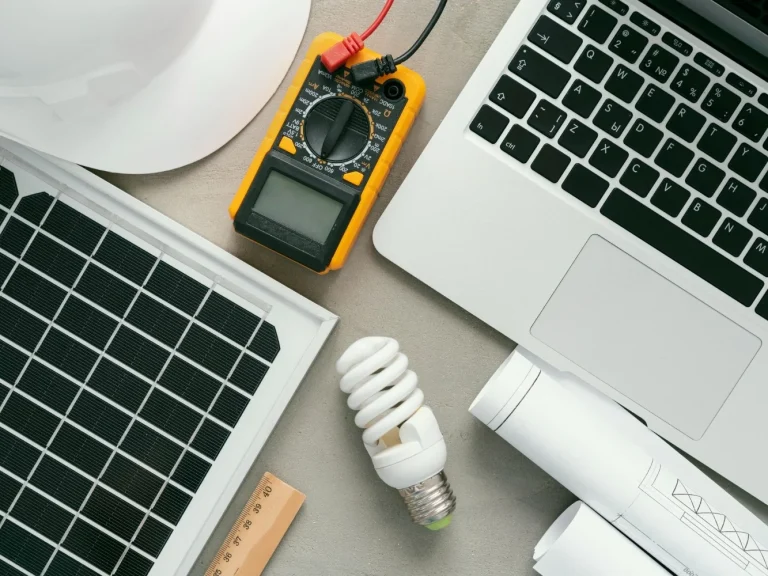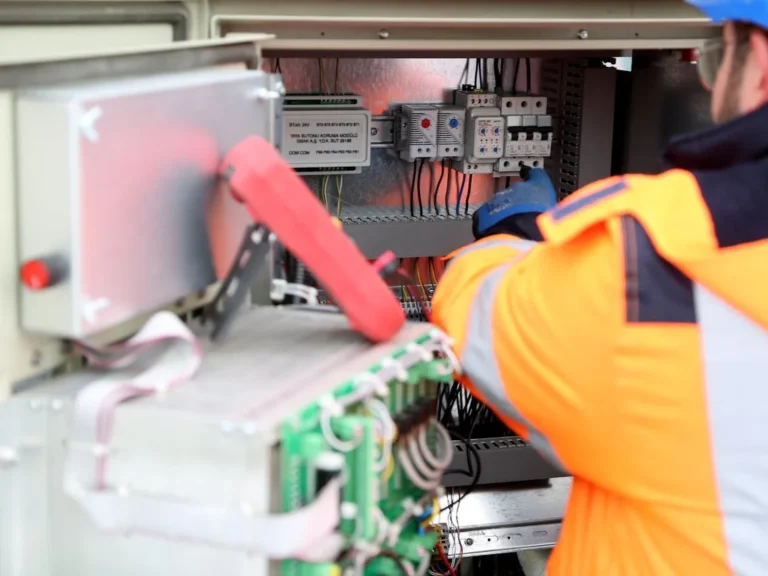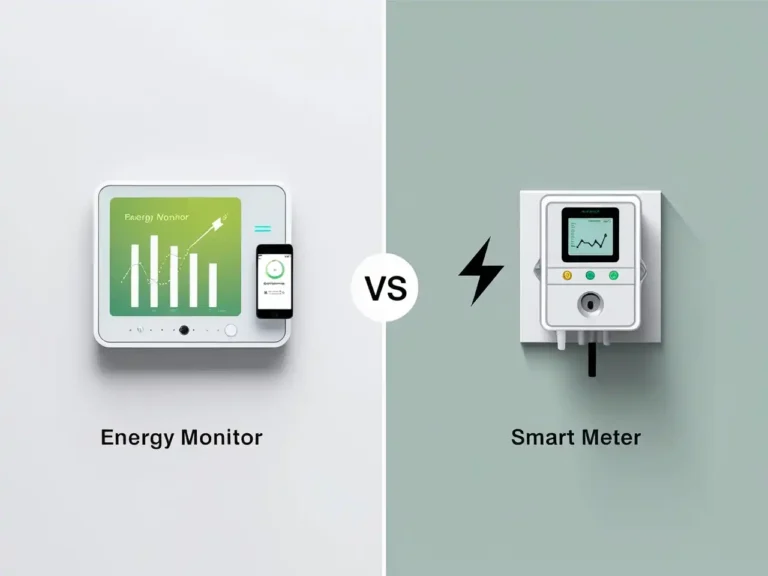Energy Monitoring in Smart Cities: The Key to Sustainability
In today’s rapidly evolving urban landscape, smart cities are emerging as beacons of innovation and efficiency. A key component driving this transformation is energy monitoring, which not only ensures efficient energy usage but also paves the way toward a more sustainable future.
With smart energy management systems in place, cities can reduce waste, lower operational costs, and even cut urban energy consumption by up to 30%—a figure supported by insights from the International Energy Agency (IEA) and other reputable organizations.
Calculate Your Energy Waste Instantly
Find out how much power you’re really using and what it’s costing you
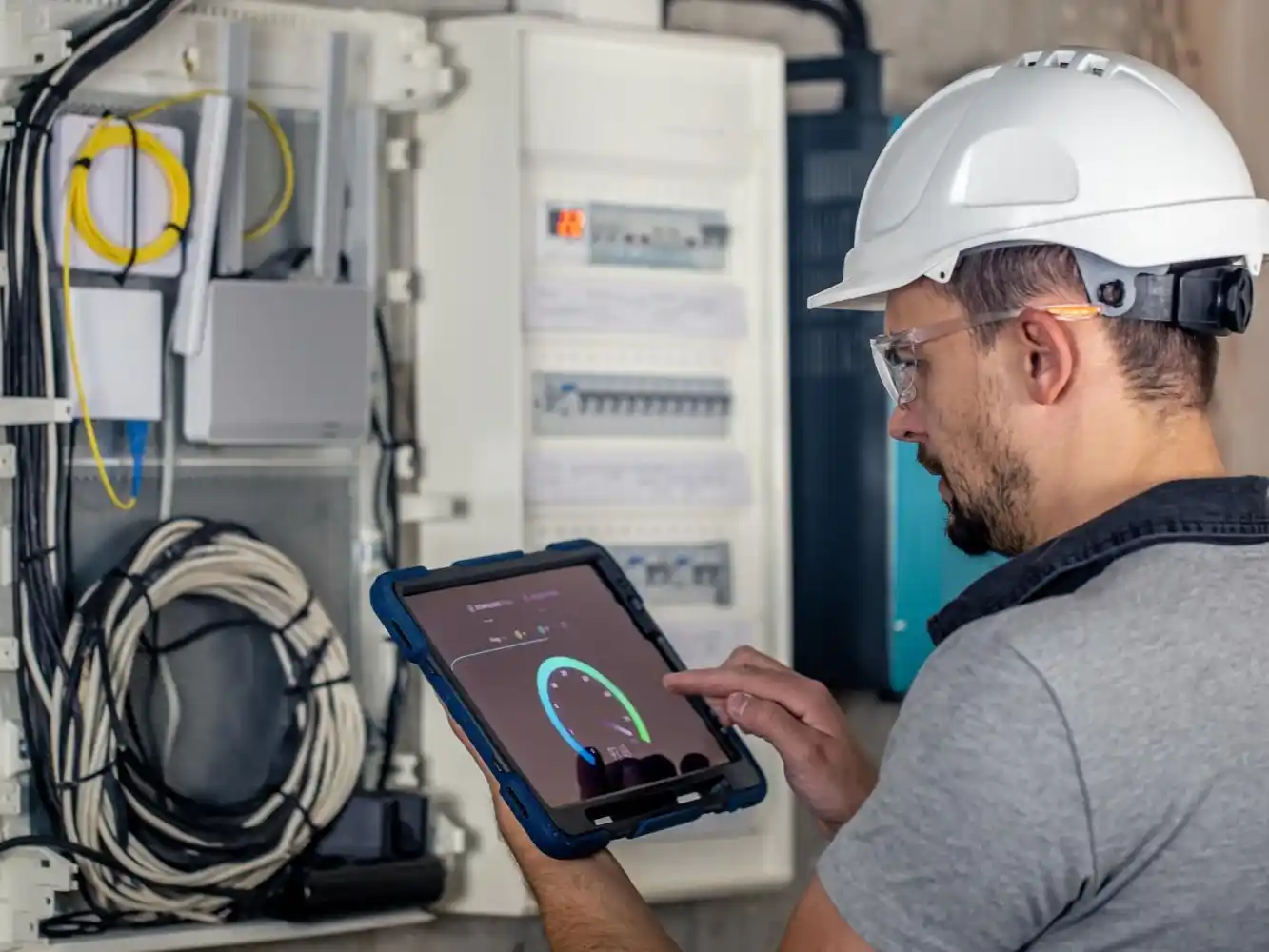
What is Energy Monitoring in Smart Cities?
Energy monitoring in smart cities refers to the real-time tracking of energy consumption through advanced tools and technologies. This remote energy tracking provides city administrators with crucial data to streamline energy distribution and manage resources more effectively.
If you’re just getting started with this concept, it’s helpful to first understand the basics of energy tracking and how it fits into daily operations. Learn more in our guide: energy monitoring fundamentals
- Real-time Tracking:
Continuous monitoring allows for immediate adjustments in energy usage, ensuring that any spikes or irregularities are quickly addressed.
To set up real-time tracking in your own home, you might want to explore our DIY setup tutorial - Smart Systems in Action:
From smart meters to IoT sensors, modern systems provide actionable insights. For instance, smartphone solar pairing technology lets homeowners track their renewable energy production on the go. If you are looking to build your own smart home system? Here’s a full guide on integrating monitors with smart tech
Why Smart Cities Need Energy Monitoring?
Urban areas face unique challenges when it comes to managing high energy demand. Energy monitoring tackles these issues head-on by:
- Reducing Energy Waste and Carbon Footprint:
Efficient energy tracking helps pinpoint wastage, allowing cities to take corrective measures and lower emissions. If you’re a business owner, these solutions also apply to you. See how energy tracking benefits businesses directly - Lowering Costs:
By optimizing energy distribution, both governments and citizens enjoy lower energy bills. - Ensuring Reliable Power Distribution:
Predictive maintenance and real-time analytics help prevent outages and ensure a steady power supply.
These improvements not only make cities greener and more livable, but they also build trust among residents. If you’re looking to reduce your household costs, check out our tips for selecting the right energy monitor.
How Energy Monitoring Works in Smart Cities?
Modern energy monitoring systems leverage a combination of smart meters, IoT sensors, and AI-powered analytics to create an automated, efficient network. This section is broken down into clear steps for easier understanding:
Step-by-Step Process
3.1 Data Collection
Sensors installed across the city collect real-time energy usage data, providing a comprehensive view of urban consumption patterns.
3.2 AI Analytics
Artificial intelligence analyses these patterns, predicts energy needs, and detects anomalies. This approach incorporates secondary keywords like “urban energy efficiency” and “smart meter solutions.”
3.3 Automated Adjustments
Systems automatically adjust energy distribution to optimize usage and minimize waste. Automation significantly reduces manual intervention and quickly addresses issues such as connectivity glitches.
If you’re interested in a more detailed understanding of this process, check out our comprehensive breakdown here: How energy monitoring can lead to lower bills.
Use our free tool to calculate and reduce your energy usage now.
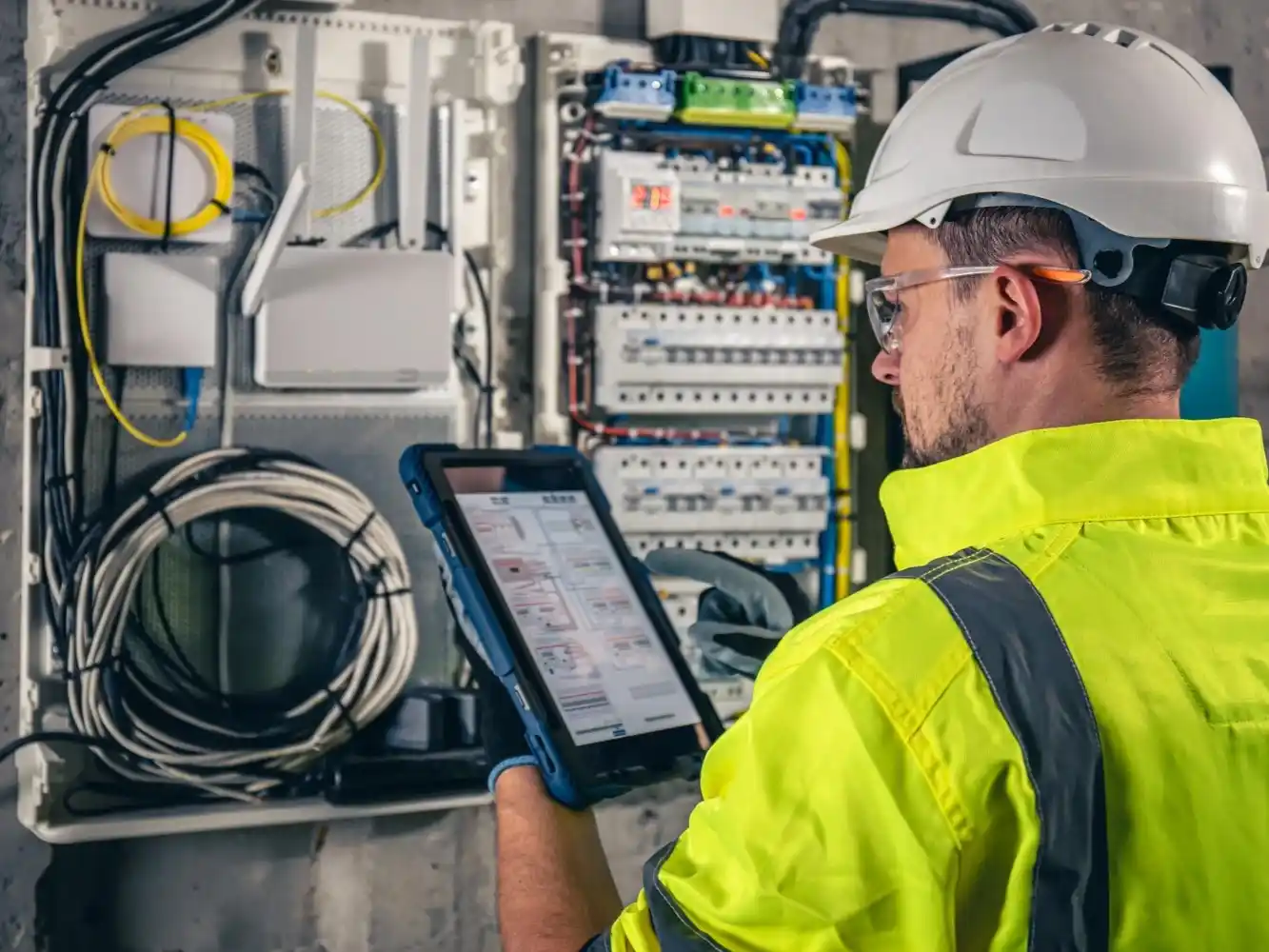
The Best Energy Monitoring Technologies for Smart Cities
Choosing the right technology is crucial for successful energy monitoring.
- Smart Meters:
Essential for both residential and commercial energy tracking, these devices provide the foundation for real-time monitoring.Explore the best energy monitors designed for full-home use to find the one that suits your needs
- AI-Driven Analytics Platforms:
These platforms offer predictive insights that help anticipate peak demand and streamline energy distribution. - Renewable Energy Monitoring Systems:
They ensure that energy generated from sources like solar panels is efficiently integrated into the grid.
Common Mistakes to Avoid
- Ignoring Data Security:
Robust cybersecurity measures are a must to protect sensitive data. - Poor Integration:
Ensure that the monitoring system seamlessly integrates with other smart city infrastructure to maximize benefits.
If you’re starting out, be sure to avoid these frequent energy tracking errors
Real-Life Examples of Energy Monitoring in Smart Cities
Smart energy monitoring isn’t just theoretical—many cities around the world have implemented these systems with great success:
- Singapore:
An AI-driven energy grid has significantly reduced power waste, setting a benchmark for efficient urban energy management. - Copenhagen:
The city’s smart lighting systems have cut energy use by 50%, demonstrating the power of technology in reducing consumption. - New York City:
Smart buildings utilize advanced monitoring to optimize heating and cooling, resulting in lower energy bills and a reduced carbon footprint.
A local testimonial from a NYC building manager states,
“Since implementing smart monitoring, our energy expenses have dropped dramatically, and our residents notice the difference in comfort and reliability.”

How Citizens and Businesses Benefit from Energy Monitoring
The advantages of energy monitoring extend beyond government budgets—they directly impact daily life:
- Lower Energy Bills:
Efficient power usage translates into savings for both households and businesses. Smart plugs also play a big role in this — check out our list of top smart plugs to start tracking now. - Improved Air Quality:
Reduced carbon emissions lead to cleaner air and a healthier environment. - Reliable Electricity:
With fewer outages, daily operations run smoother and more predictably. - Real-World Impact:
Studies indicate that over 40% of solar users now monitor their systems via dedicated apps, ensuring optimal energy usage throughout the day.
For industrial setups, you can see how factories unlock savings through proper monitoring
The Future of Energy Monitoring in Smart Cities
The future of urban energy management is promising, with several emerging trends set to revolutionize the field:
- AI-Driven Predictive Energy Management:
Enhanced algorithms will offer even greater foresight into energy trends. - Integration with Renewable Energy Sources:
Combining traditional power with renewables creates a more robust and sustainable system. - Blockchain for Secure Transactions:
This ensures secure, transparent energy transactions, bolstering trust in the system.
Governments and businesses alike are investing in these innovations to build smarter, more sustainable cities. For large-scale operations, consider reading our guide on the best business energy monitoring systems
Conclusion: Smarter Energy for a Sustainable Future
Energy monitoring is not just about tracking consumption—it’s about transforming our cities into more efficient, cost-effective, and sustainable environments. From reducing energy waste to ensuring a reliable power supply, smart energy management is a critical investment for today and tomorrow.
Use our free Energy Usage Calculator and discover where your money is going!
Final Thoughts:
Smart energy management isn’t just the future—it’s the key to sustainability today!
Ready to see how energy monitoring can transform your city? Take action now!
FAQs
Energy monitoring in smart cities refers to the use of smart meters, IoT sensors, and data analytics to track and optimize energy usage in real time. This helps reduce waste, improve efficiency, and support sustainable urban growth.
It’s important because smart cities consume large amounts of energy. Monitoring helps reduce energy waste, lower costs, and ensure a reliable power supply, all while supporting environmental goals.
Energy monitoring systems collect data via smart meters and IoT sensors. AI then analyzes the data to detect patterns, predict usage, and automate distribution for optimal efficiency.
Key technologies include smart meters, IoT sensors, AI-based analytics platforms, cloud-based dashboards, and sometimes blockchain for secure energy transactions.
Citizens benefit from lower energy bills, fewer power outages, better air quality, and more transparency in how energy is used and billed.
